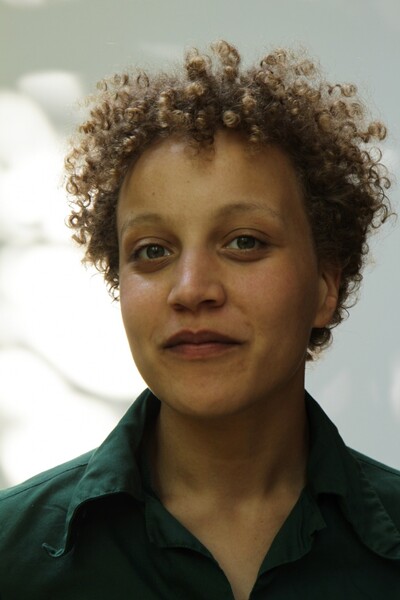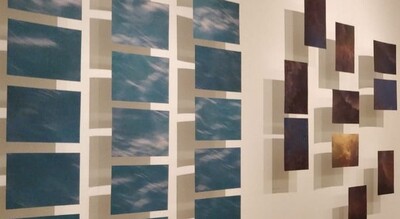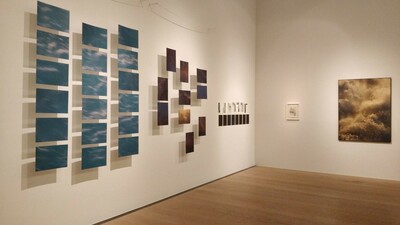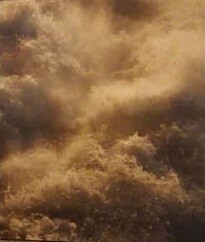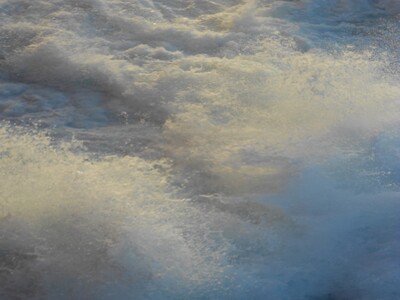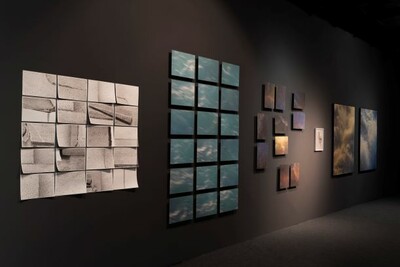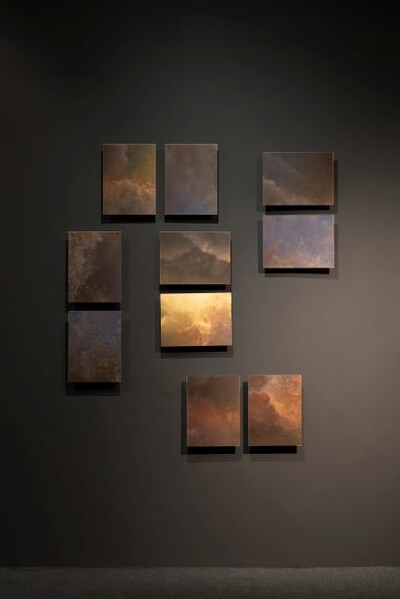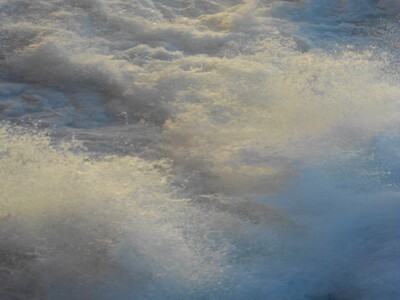
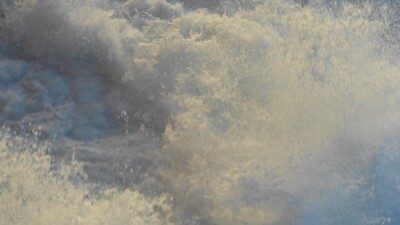
Janine Jembere
Janine Jembere’s practice spans video, sound, installation and performance. Her research and work are often collaborative, revolving around sensuality and the body, and questioning concepts of translatability, ableism, race and gender.
Janine Jembere (b. 1985 in Magdeburg/DE) studied visual communication and media at the University of Fine Arts in Hamburg/DE (2005–2011) and was a guest student at the Department for Fine Arts and Design at the Addis Abeba University/ET (2008). Jembere’s practice spans video, sound, installation and performance. Her research and work are often collaborative and revolve around sensuality and the body, mainly questioning concepts of representation/translatability, ableism, race, and gender. She is theory curator for Tanzquartier Vienna and a researcher in the project DisPossession: Postparticipatory Aesthetics and the Pedagogy of Land, working with letters, petitions and articles about German colonial rule written by Africans between 1880 and 1914, at the Academy of Fine Arts in Vienna/AT, where she is also finishing her dissertation on dissonance as a tool to reimagine difference. Jembere lives and works in Vienna/AT and Berlin/DE.
Jembere’s works have been exhibited among others at: Detroit Public Library, Detroit/US (2019); Research Pavillion at the 57th Venice Biennale/IT (2017); mumok, Vienna/AT (2016); Dokumentarfilmwoche Duisburg/DE (2014); Haus der Kulturen der Welt, Berlin/DE (2014); transmediale, Berlin/DE (2014); Temps d’Images, Lisbon/PT (2012); Ballhaus Naunynstrasse, Berlin/DE (2012); Golden Pudel Club, Hamburg/DE (2012); University of Music Hanns Eisler, Berlin/DE (2010).
The following artwork will be shown as part of the EVROVIZION.CROSSING STORIES AND SPACES project:
Residence Time I (Atlantic Ocean, 29 April 2013), photograph, fine art print on Alu-Dibond, colour, framed, 147.8 × 111.2 cm, Bonn/DE, 2020.
Residence Time II (Atlantic Ocean, 29 April 2013), photograph, fine art print on Alu-Dibond, colour, framed, 147.8 × 111.2 cm, Bonn/DE, 2020.
Residence Time III (Atlantic Ocean, 5 May 2013), 18 photographs, fine art print on Alu-Dibond, colour, 40 × 38 cm each, Bremen/DE, 2020.
Residence Time IV (Atlantic Ocean, 30 April 2013), 10 photographs, fine art print on Alu-Dibond, colour, 40 × 38 cm each, Bremen/DE, 2020.
© Janine Jembere
Paperlands (Detail – German Federal Archives 1001/various nos., Imperial Colonial Office/Reichskolonialamt), 22 photographs, print on paper, black and white, 21 × 29.7 cm each, Berlin/DE, 2020.
Paperlands (Detail – German Federal Archives 1001/4202, Imperial Colonial Office/Reichskolonialamt), photograph, print on paper, black and white, framed 30 × 40 cm, Berlin/DE, 2020.
Courtesy of Janine Jembere and the German Federal Archives in Berlin
Janine Jembere’s work Residence Time positions itself in the grey area between the documented and the ephemeral, between documentary and artistic endeavour. Her photographs of the Atlantic Ocean and reproductions of files from the archives of the German Imperial Colonial Office share a fuzziness that can be understood here both formally and in terms of their content. The imagery of this four-part work is dominated by motion and repetition. Residence Time is based on indepth research into colonialism and the German fascism that puts the spotlight on their traces in the present rather than on the facts of the past. The term ‘residence time’ is taken from Christina Sharpe’s book “In The Wake: On Blackness And Being”. In a talk with a biologist, we learn that it takes 260 million years for human blood to disappear from the oceans. Jembere uses the term ‘residence’ as a starting point for her quest to uncover the continuing impact of colonialism down to the present day. With her work, Jembere translates efforts to deal with Germany‘s colonial past and with human life and death into artistic imagery that is at once poetic and forceful, heightening our awareness of this issue. Residence Time shows why history should not be viewed as something that is completed, but rather as an ongoing process. In the same way, people should not be viewed as having disappeared, but rather as unruly contemporaries whose existence transcends time and place. The work fashions a link between the ships engaged in the transatlantic slave trade and the boats employed by modern-day human traffickers as they transport refugees across the Mediterranean Sea, and as such calls into question the wisdom of the EU’s immigration policies.
The Residence Time series is part of the ifa art collection.

